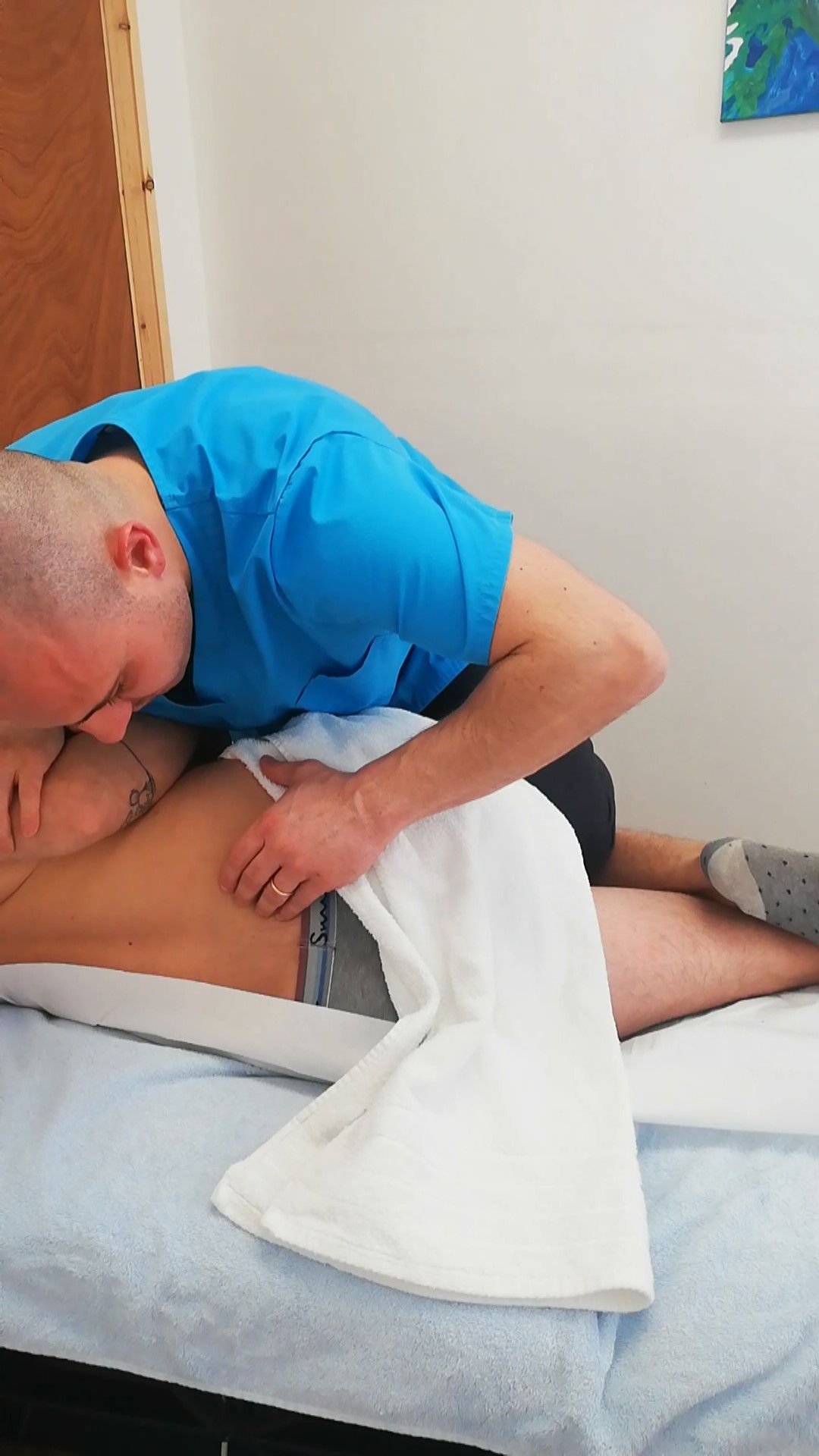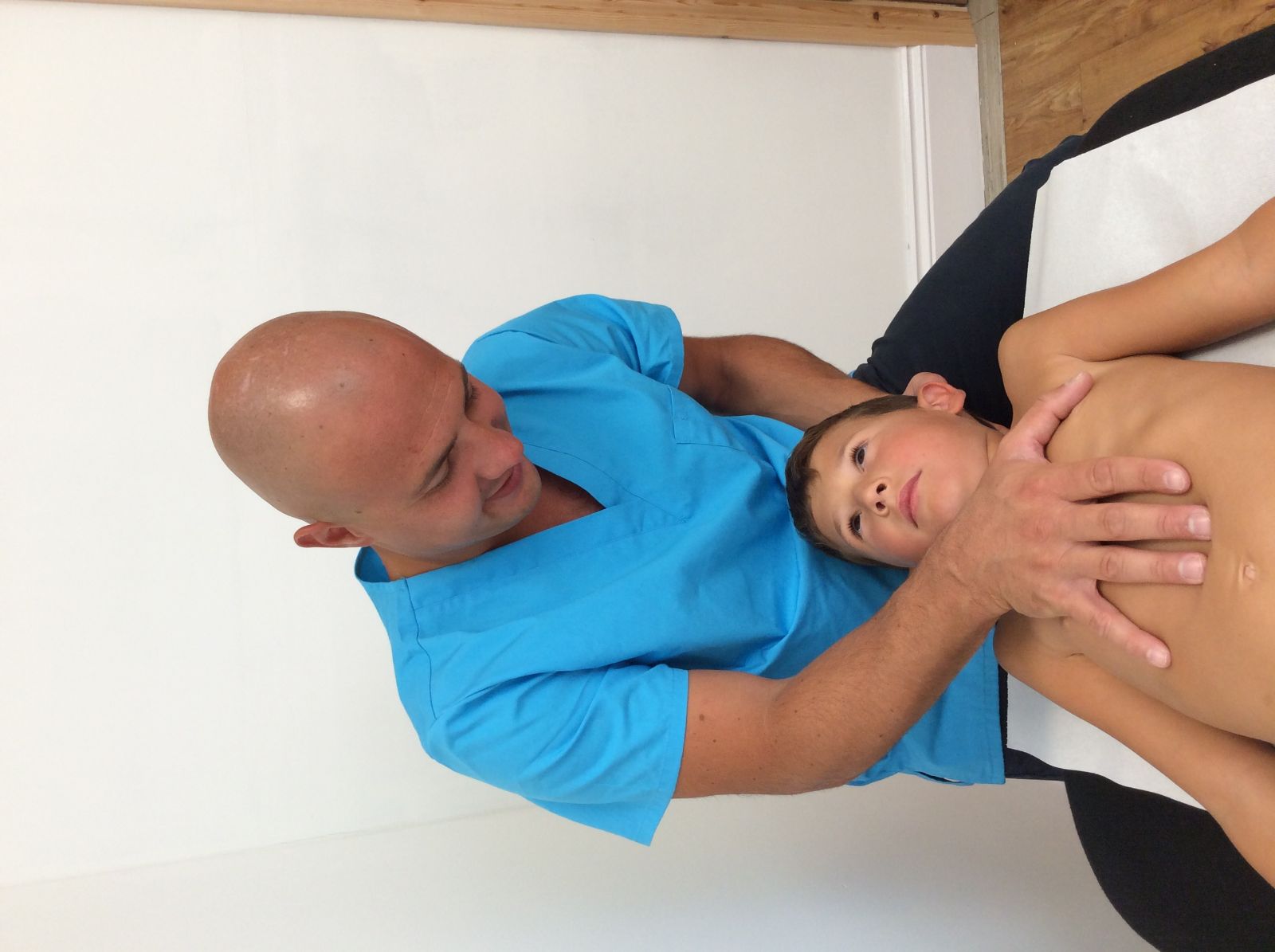 * Osteopaths are statutorily regulated primary healthcare professionals, who work in the private healthcare and/or primary, secondary and tertiary care in NHS settings
* Osteopaths are statutorily regulated primary healthcare professionals, who work in the private healthcare and/or primary, secondary and tertiary care in NHS settings
- Undergraduate training for osteopaths includes paediatrics
- Osteopaths are qualified to work with babies and children
- Osteopaths utilise a range of techniques including physical manipulation, stretching
and massage, and other gentle techniques such as cranial. These are all taught at
undergraduate level
- Cranial techniques are safe, gentle, and non-manipulative. They are often used
when treating young children and newborn infants
- Osteopaths work under the principle that there may be a number of contributing
factors to the symptoms and will therefore evaluate not only the area which is
producing the symptoms, but also associated areas that may be contributing to the
issue, including past trauma, environmental factors and the family’s health history.
- Your osteopath may recommend cranial techniques, which are subtle and gentle
- Osteopathy is based on the principle that the structure and function of the body are
intimately related. If the structure is not balanced and healthy then the function is
affected.

- Osteopaths believe that the healthy balance and function of the musculoskeletal
framework of the body is essential to whole body health
- Injuries such as a sprained ankle can lead the whole body to compensate for a limp.
- Stiffness or restricted mobility in the pelvis, spine, rib cage, shoulders and neck can
make it difficult to compensate for the limp and aching or pain may result
- Osteopathic practice is a healthcare approach that provides a package of care that
can include one or more of the following: manual therapy, health information,
selfmanagement advice and support, and/or exercise therapy, as determined by the
individual needs of the patient.
 * Osteopaths are statutorily regulated primary healthcare professionals, who work in the private healthcare and/or primary, secondary and tertiary care in NHS settings
* Osteopaths are statutorily regulated primary healthcare professionals, who work in the private healthcare and/or primary, secondary and tertiary care in NHS settings